Top 10 new and emerging truck tech in 2022
Trucks, trailers, and other commercial vehicle components were hard to come by amid the supply chain challenges of 2022, but that clearly didn’t dampen the creativity of engineering teams.
Here is our list of the Top 10 updates to trucking tech that emerged during the year that was:
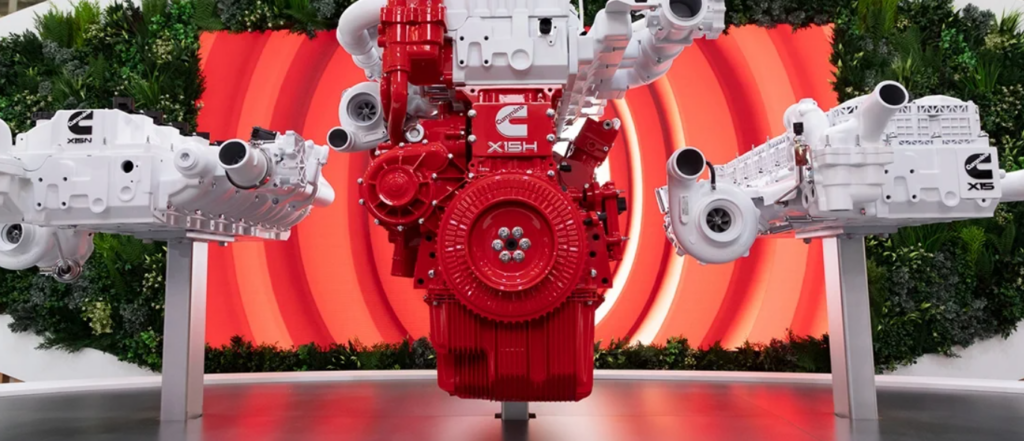
1. Fuel-agnostic engine platform – Cummins
Available fuel options include everything from diesel to natural gas. Even hydrogen is emerging as a future contender. But Cummins is adopting a single “fuel-agnostic” engine design to support all these choices.
While the individual engines still need to be optimized for a single fuel, they’ll share a common design and components below the head gaskets. The end results will help OEMs integrate all three fuel types across different truck lineups. Training for technicians will be simplified as well.
The new design approach will be applied across Cummins’ B, L and X-Series engine portfolios.
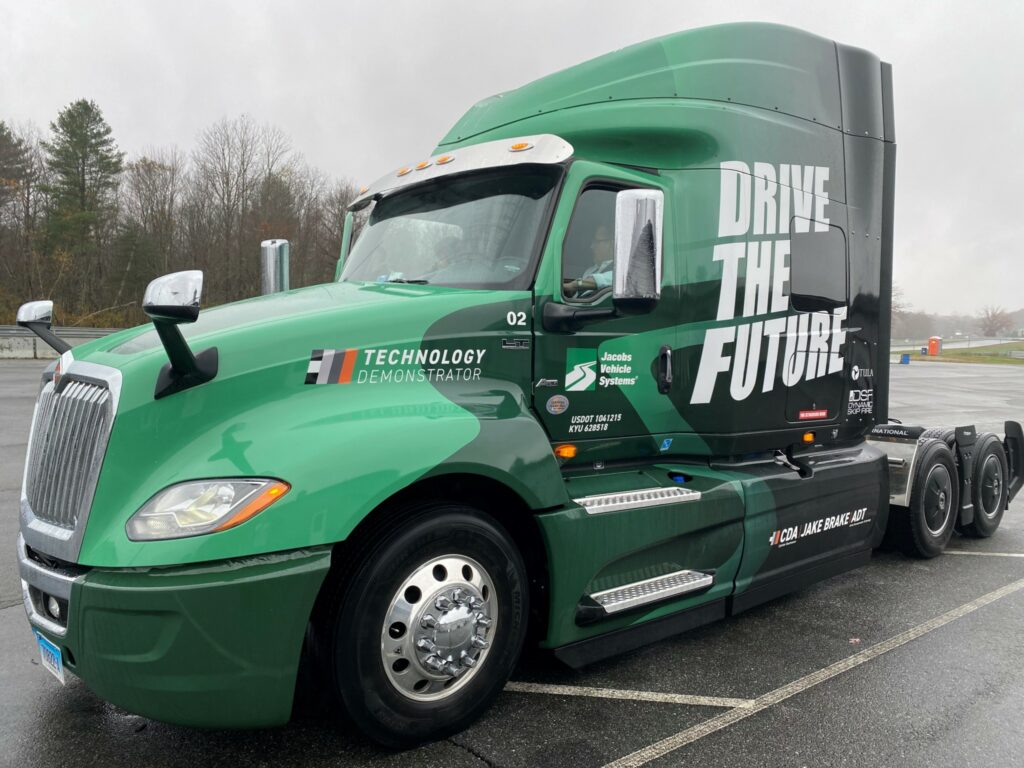
2. Cylinder deactivation and active decompression — Jacobs Vehicle Systems
We gained some first-hand experience with Jacobs’ cylinder deactivation and active decompression technologies this year, thanks to a specially equipped demonstration vehicle. And while the technologies are not available on the engines you spec’ today, we’re confident each will have a role to play as OEMs prepare for Model Year 2027 emissions standards.
Cylinder deactivation ensures a six-cylinder engine uses just four or fewer cylinders under certain operating conditions, in the name of better fuel economy, and the system also maintains the temperatures needed for exhaust aftertreatment in low-load and start-up conditions.
The active decompression, meanwhile, reduces the traditional harshness of engine starts and stops – keeping the engine valves open and the cylinders decompressed for smooth shutdowns. This will be increasingly important as manufacturers explore automatic starts and stops to improve fuel economy.
In addition to decreasing cranking torque by 40% and allowing an engine to spin up to twice its typical speed for smoother starts, active decompression also eases cold-weather starts by allowing the engine to turn over while decompressed.
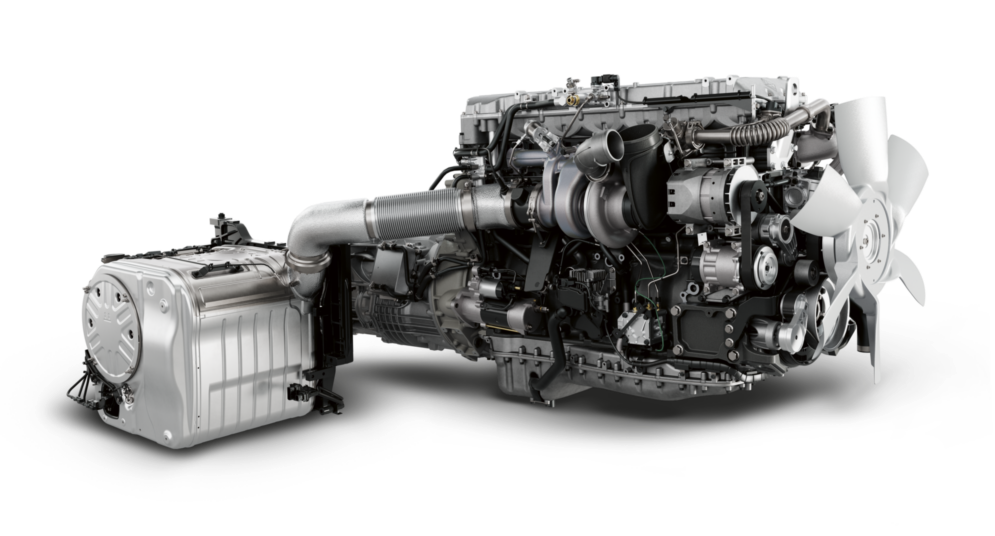
3. S13 integrated powertrain – Navistar
Navistar says the S13 integrated powertrain features the last internal combustion engine it will design from the ground up. And when combined with the latest aerodynamic enhancements on an International LT, it can better the fuel economy of a first-generation LT and A26 engine by 15%.
The engine is coupled to a T14 automated manual transmission that, when spec’d with its most efficient power ratings, will run in 13th gear most of the time. But the upgrades don’t end there.
A clean-burn combustion cycle greatly reduces the required level of exhaust gas recirculation (EGR), so no EGR cooler is needed. Active diesel particulate filter (DPF) regens are a thing of the past. A fixed-geometry turbo even offers a simplified alternative to the variable-geometry turbos mounted on earlier engines.
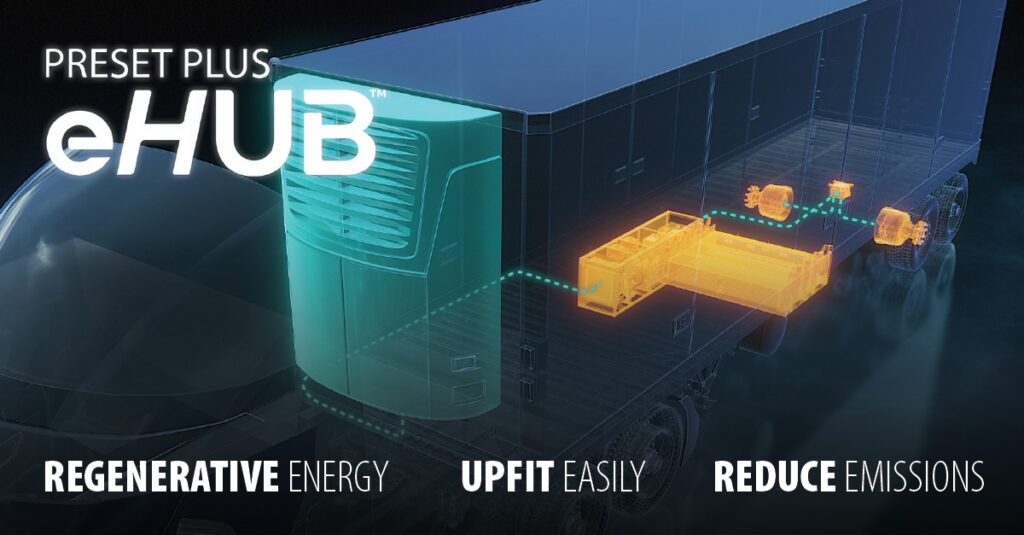
4. eHub and Vector reefer – ConMet and Carrier Transicold
Transportation refrigeration units (TRUs) need power, and one recent innovation captures a vehicle’s kinetic energy for the job.
ConMet’s eHub assemblies, featuring an 80-kW electric motor, convert this energy into electricity that is stored in a 30-kW battery pack under the trailer. And a pair of these hubs can supply Carrier Transicold’s Vector TRU with the power needed for refrigeration.
The electric hub can even supplement propulsion and help a vehicle climb a grade.
The system weighs about 1,400 lb. including the batteries, but the upgrade is actually weight-neutral once you remove the fuel tanks and diesel that a TRU would typically require.
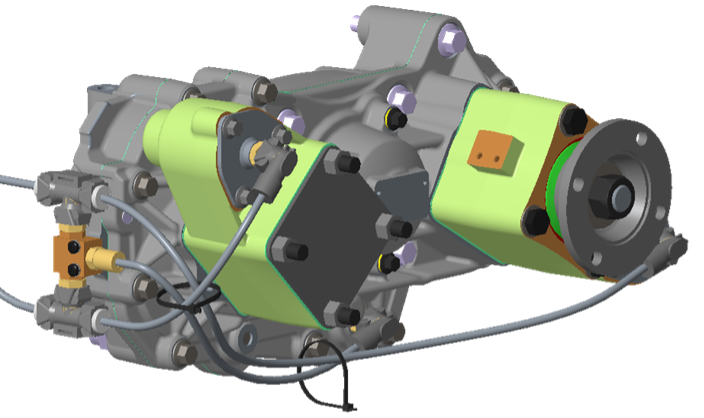
5. I-Shift with dual PTO – Volvo Trucks
Volvo’s I-Shift automated manual transmission now offers a dual power take-off (PTO), incorporating two independently clutched DIN 5462 drives, or one SAE 1410 flange and one DIN 5462 drive.
Separating the drives creates the space to install two pumps, simplifying installations and service, the OEM notes. And because the output drives are independently clutched, applications can be served separately or simultaneously.
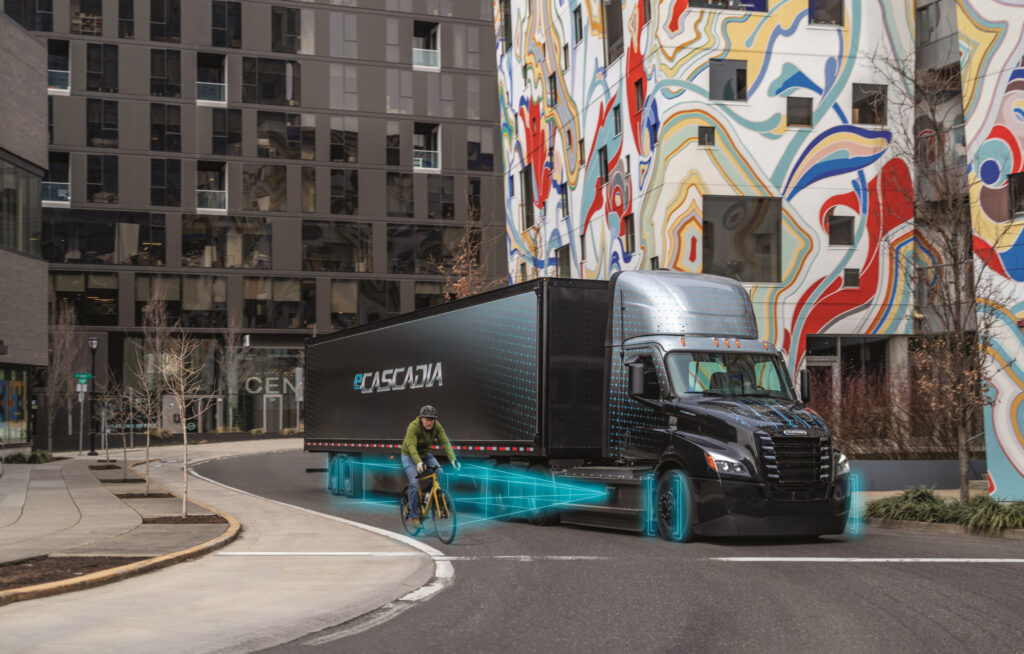
6. Active Side Guard Assist – Daimler Truck
Detroit Assurance safety systems have been enhanced once again, this time incorporating Active Side Guard Assist – an electronic co-driver that watches for pedestrians and cyclists as trucks make low-speed, passenger-side turns.
A yellow warning triangle shines on the cab’s right A-pillar if the camera and radar detect a vulnerable road user. That triangle turns to red if a driver sets the right turn signal or actually begins a turn, while an alarm sounds and brakes engage.
It’s an option on Freightliner Cascadia and Western Star trucks with Detroit Assurance Active Brake Assist 5.
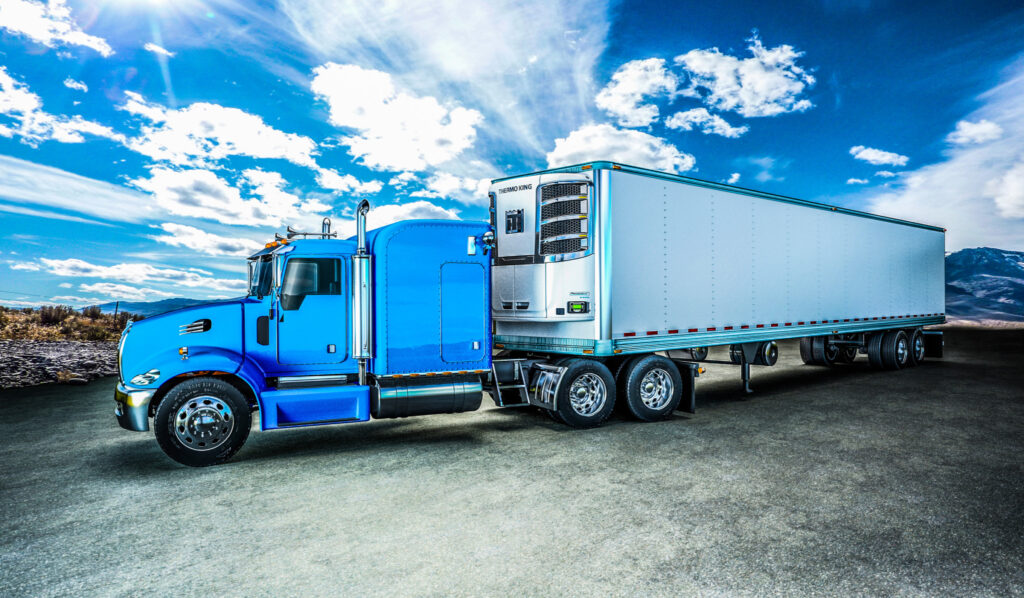
7. Precedent S-750i – Thermo King
The whole can often be greater than the sum of its individual parts, and that’s the case with Thermo King’s Precedent S-750i trailer refrigeration unit which features electrification, integrated shore power, embedded telematics, and a refrigerant with a lower global warning potential.
Incorporating the company’s S-Series engine, it features several firsts, including a three-speed engine that optimizes efficiencies, precise temperature controls, and a diesel-electric architecture optimized for shore power integration.
The end result is up to four times more efficient than a diesel-powered alternative, producing lower emissions, cutting noise by three decibels, and extending maintenance intervals thanks to the reduced diesel operation.
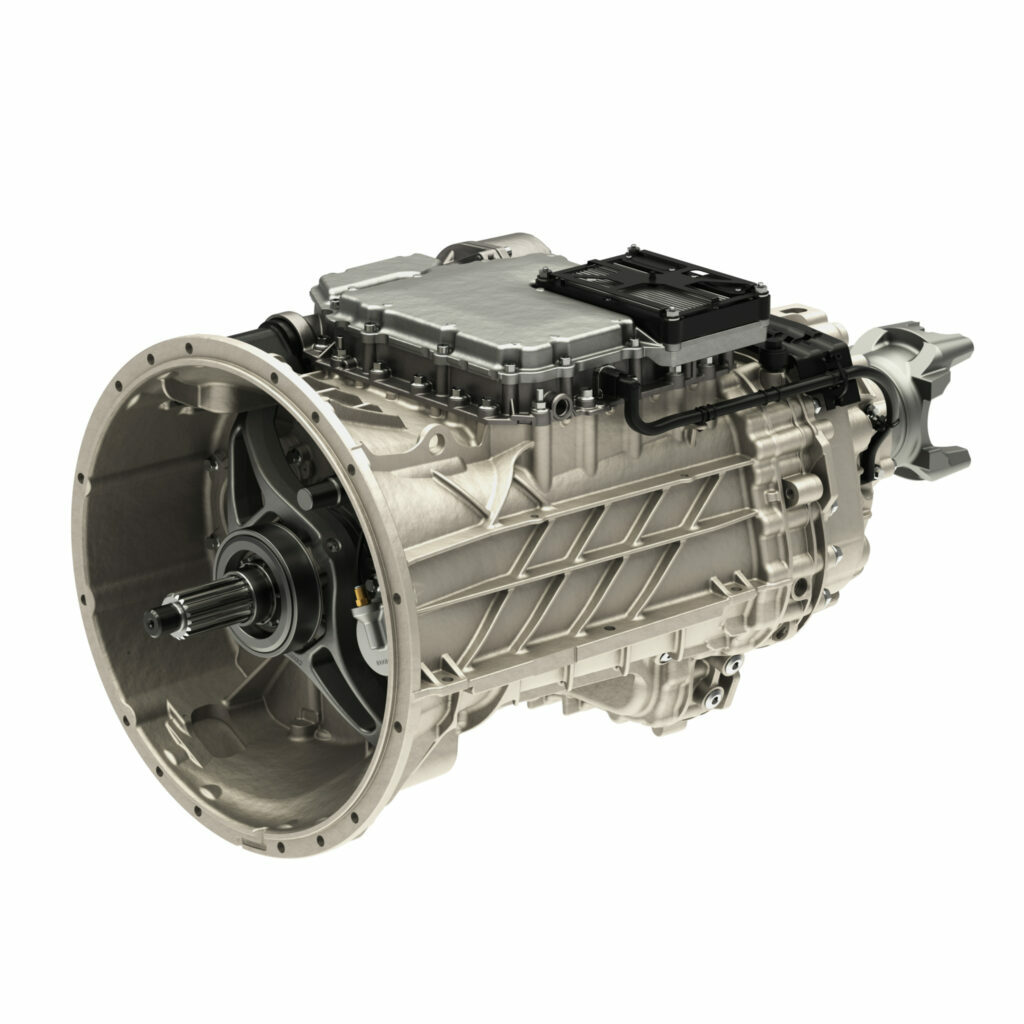
8. Endurant XD and XD Pro transmissions – Eaton Cummins Automated Transmission Technologies
Eaton Cummins Automated Transmission Technologies’ XD and XD Pro bring automated manual transmissions to on-highway applications with high gross combined weight ratings as well as severe-duty on/off-highway applications.
The Endurant XD — for applications like doubles and triples, and applications like dumps and logging trucks – is rated for engines delivering 1,650 to 1,850 lb.-ft. of torque, and for on-highway applications with gross combined weight ratings up to 166,000 lb.
The Endurant XD Pro offers an unlimited gross combined weight rating for severe service. It can be configured with up to six reverse gears and paired with engines like the Cummins X15 with torque ratings of 1,650 to 2,050 lb.-ft.
Features include a twin-countershaft design with helical gearing and large bearings for high engine torques. A new 18D ratio set with an overall ratio of 20.5:1 features small steps for smooth shifts and performance, the company adds. The transmission is even 225 lb. lighter than comparable UltraShift Plus models.
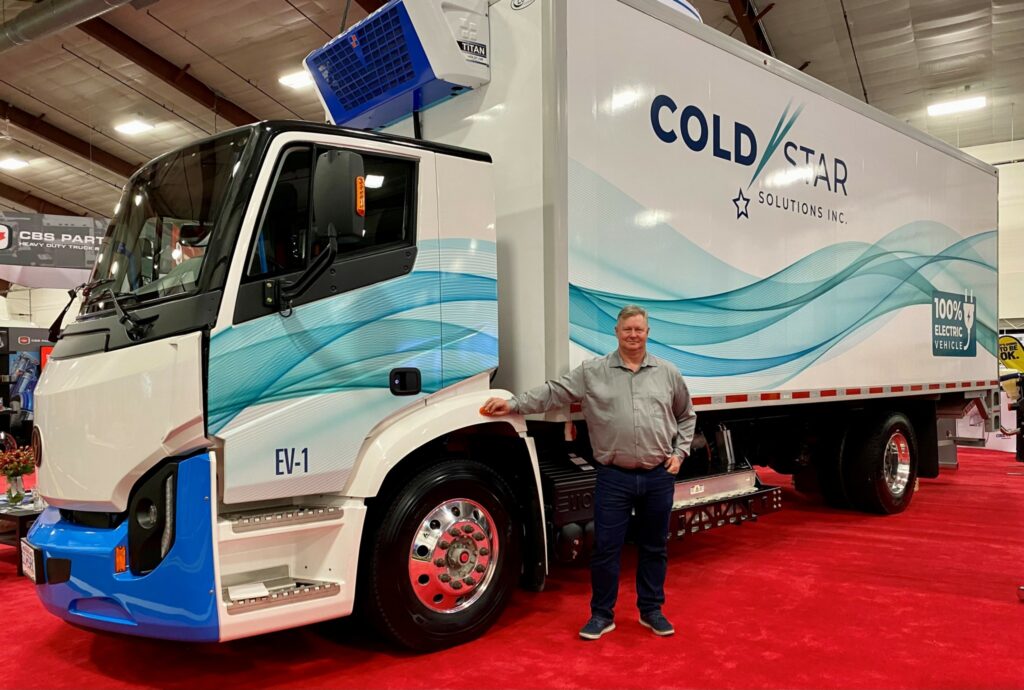
9. Electric refrigerated Class 6 truck – Lion Electric, Volta Air, Fourgons Leclair
Canada’s first all-electric refrigerated Class 6 truck emerged thanks to the teamwork of four companies — Cold Star Solutions of Victoria, Volta Air of Burnaby, B.C., and Quebec-based Lion Electric and Fourgons Leclair.
Cold Star Solutions CEO Kelly Hawes was the driving force behind the final product, as he searched for ways to limit the weight of a Lion 6 battery-electric truck, batteries, reefer, cargo box and tailgate. Volta Air brought the 300-lb. electric reefer that included solar panels to add operational hours and reduce battery weight. And Fourgons Leclair developed the highly insulated cargo box.
The final product has a range of 230 km with four batteries that supply 168 kWh of energy. Adding two more batteries boosts that to 252 kWh and a range of 340 km.
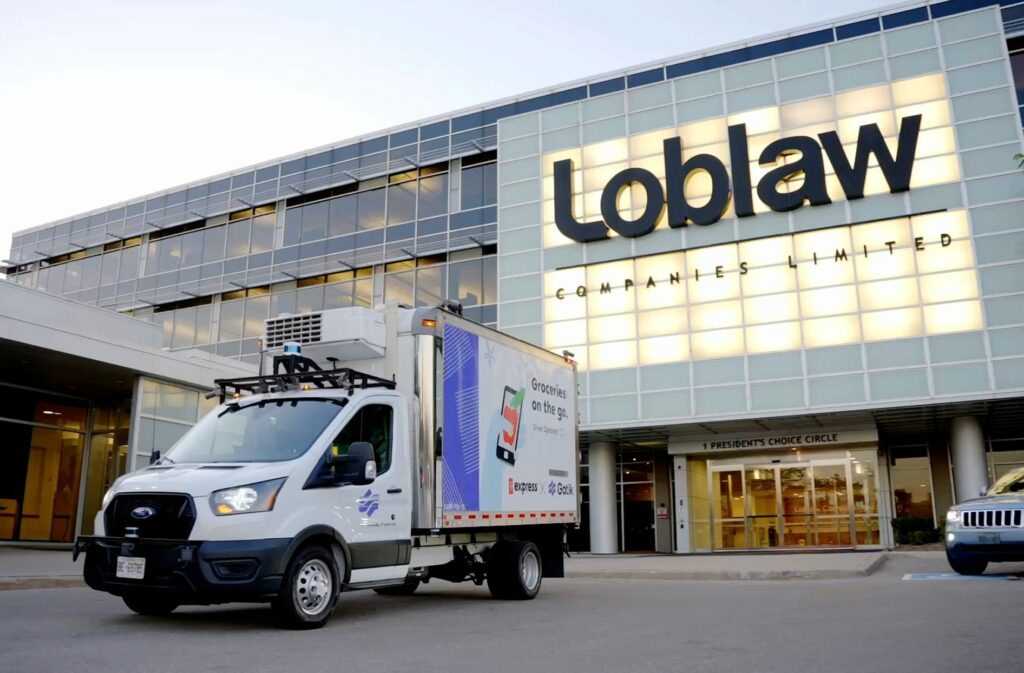
10. Fully autonomous delivery truck – Gatik
Adaptive cruise control, automatic emergency braking, and systems that track lane markings each offer an early taste of what highly autonomous trucks could accomplish. Loblaw and Gatik are now taking this a step further by allowing “safety drivers” to sit in delivery truck passenger seats – a key step toward truly autonomous deliveries.
Gatik upfits the Ford Transit 350 box trucks with the reefers, lift gates, and all-important autonomous vehicle software.
A handful of the trucks have been tested with safety drivers at the wheel since January 2020, making more than 150,000 deliveries for Canada’s largest grocer, and recording a perfect safety record along the way. They continue to make deliveries on fixed, repetitive, and predictable routes between a Toronto-area distribution center and five nearby retail locations.
Have your say
This is a moderated forum. Comments will no longer be published unless they are accompanied by a first and last name and a verifiable email address. (Today's Trucking will not publish or share the email address.) Profane language and content deemed to be libelous, racist, or threatening in nature will not be published under any circumstances.